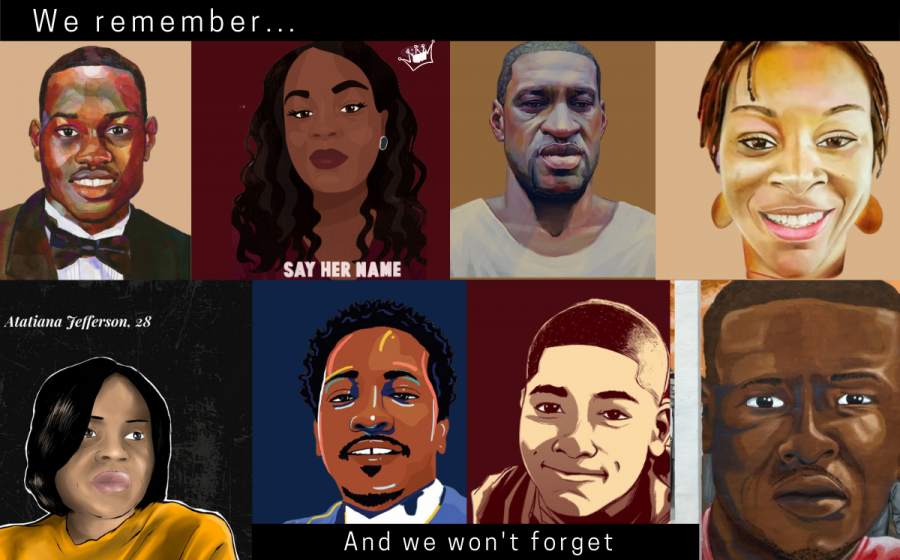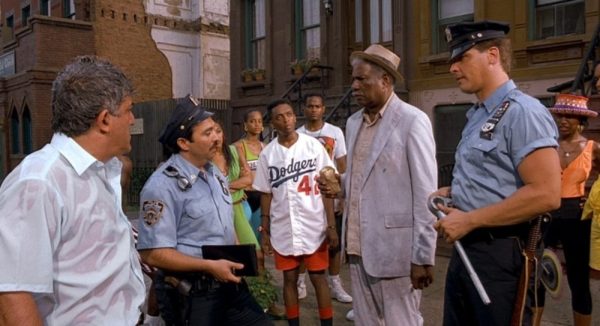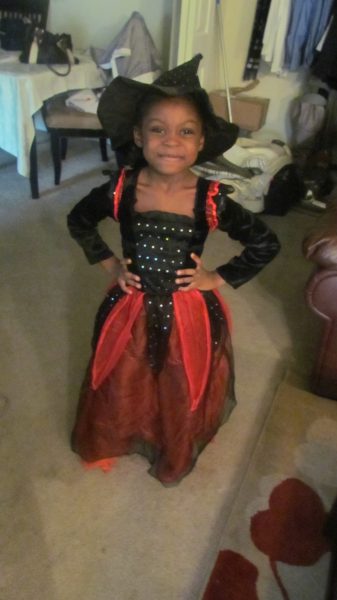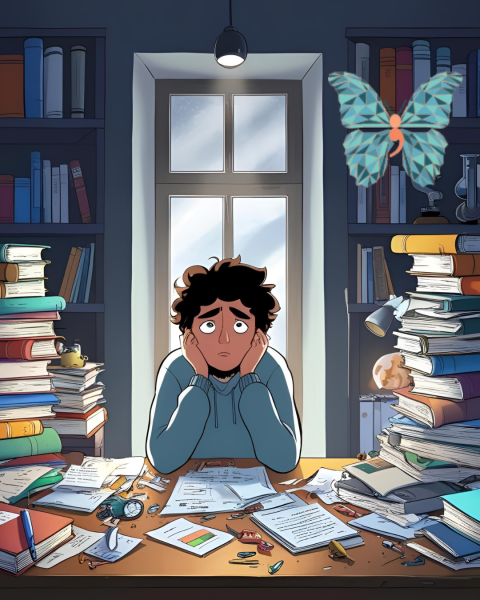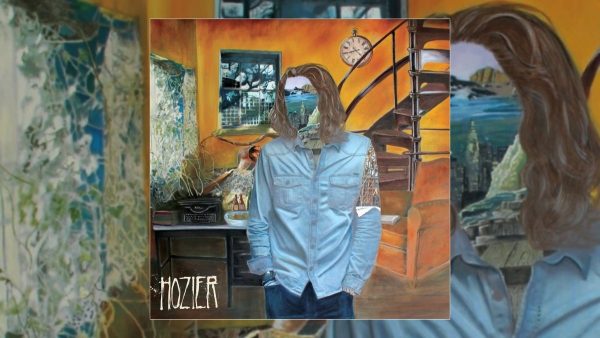Celebrating Black History Month after George Floyd and BLM protests
From top left to right: Ahmaud Arbery, Breonna Taylor, George Floyd, and Sandra Bland. From bottom left to right: Atatiana Jefferson, Rayshard Brooks, Tamir Rice, and Freddie Gray. Say their names.
As we celebrate 45 years of the official recognition of Black History Month, this celebration turns somber, as we remember the ones we’ve lost to Police brutality.
The murder of George Floyd ignited conversation and spread awareness about systemic racism—an issue that many refused to believe. Since then, student-led and community organized protests erupted around the country and the world, in addition to the naming of Black Lives Matter Plaza in Washington, D.C., and the inauguration of the first Black and South Asian woman Vice President.
While these accomplishments are monumental, we have observed from history that for every step forward, there are two steps backward. “The arc towards justice and righteousness takes many turns,” as Martin Luther King Jr. once said. Progress is a double-edged sword.
In order to move forward, let’s analyze the metaphoric nature of George Floyd’s death to understand systemic racism as it relates to “People of Color (POC) Solidarity” and white people in modern-day America. *Trigger Warning: the following may be describing graphic scenes*
It was said before that the former police officer Derek Chauvin kneeling on Floyd’s neck, as he cried, “I can’t breath,” was symbolic of how Black people are oppressed. However, the role of each of the other police officers who were involved and the store owners who originally called the police, gets overlooked.
For example, police officer Thomas Lane — while he briefly asked Chauvin if they should “roll [Floyd] on his side” in order to prevent oxygen loss and questioned Chauvin’s actions — ultimately held Floyd’s legs down as Chauvin continued to press his knee against Floyd’s neck. This represents parts of “White America” that continue to recognize injustice and oppression, but stay silent, not realizing that white silence contributes to ongoing violence.
Or perhaps, this represents “White America” that refuses to understand systemic racism in topics such as police brutality and education, but continues to gaslight stories about black people. “Not everything is about race,” “Don’t take it so personally,” “I was just joking, calm down,” “If only they worked harder, they could succeed,” and “I’m just playing Devil’s Advocate,” are a few examples. Just be sure that when you’re “playing Devil’s Advocate,” you don’t become the devil, by encouraging and contributing to willful ignorance and brutality.
Police officer Alexander Kueng, a mixed Black and white police officer, arguably represents those who struggle with their identity and between good and evil, wanting to create change from “the inside,” and yet fear those in authority, (in this case Derek Chauvin). Their unfortunate inaction and fear results in a yearning to be like their white counterparts, and they end up supporting evil.
Police officer Tou Thao—a Hmong-American—who blocked people from the scene, and the Arab-American owner of the store who called the police on Floyd represent parts of the Asian community that support racism, while reaping benefits from it.
“America freed the slaves in 1863 through the Emancipation Proclamation of Abraham Lincoln, but gave the slaves no land or nothing in reality to get started,” Martin Luther King Jr. once said. “At the same time, America was giving away millions of acres of land in the west and the Midwest which meant that there was a willingness to give white peasants from Europe an economic base, and yet it refused to give its black peasants from Africa—who came here involuntarily in chains and had worked free for 244 years—any economic base.”
As a result, most Asian-Americans have “white privilege,” not because they are white, but because systemic racism works in their favor. Some incite and encourage anti-blackness behavior. I have spoken about this before as I am exposed to this privilege in my own family. In general, Asian Americans serve as a proxy for “white America” to continue systemic racism.
While not all Asians are implicit in overt racism, anti-blackness still plays a dominant role in Asian culture with skin whitening creams and colorism. “I’m not saying we’re the ones who killed George Floyd, but we have to be the ones who pull that cop off of his neck,” comedian Hasan Minhaj said. This is the reality of modern-day America, in which the “model minority” myth works in favor of Asian-Americans as it relates to job, educational, and economic privileges.
Similarly, people of color must stand with the Asian community and the Black community as they struggle with the double pandemic: COVID-19 and racism. We have varying levels of privileges, but we’re still facing unique social challenges rooted in racism and ignorance. Yet, this isn’t discussed in our MCPS educational system.
What we need is a multicultural revamp of American history. “[Teachers should implement] more lessons focused on the contributions of African Americans, Latin Americans, Asian Americans, and women when teaching American History rather than just leaving these lessons for an elective,” African-American history teacher Tilghman Gordon said. “The contribution of all Americans is what has made our country what it is today.” Teachers should also be trained and educated to discuss race and race relations, as opposed to those who perpetuate racial stereotyping. Black, Asian-American, Indigenous, Latinx, and women history should be required for all students, not just for the few.
If not, there should be Graduation requirements for history courses that reflect the multicultural dimensions of American history. As of now, African-American history is an optional elective. “But if a student has racist [beliefs] about African Americans, they are probably not going to sign up for my African American History class,” Gordon said. “That student needs to have more exposure to the contributions and tribulations of African Americans in classes they are required to take if they are ever going to shed their prejudice.”
“While it[‘s] true that much of our history has been taught with a focus on white men, it is simply lazy to suggest that there is no way to implement the vast histories of other types of individuals who, while being discriminated against during their time, certainly contributed to the history of our country,” Gordon added.
Therefore, as we re-examine George Floyd’s death and the death of Ahmaud Arbery, they highlight the interpersonal racism that exists within our own neighbors, those who we should be loving as ourselves. Breonna Taylor’s death speaks to the corruption within the justice system. Together, these deaths are only a microcosm of race relations in America, and a rude awakening of what might happen if the foundation of our public educational systems, across America, is not revised to address and root out racial disparities.
Your donation will support the student journalists of Watkins Mill High School. Your contribution will allow us to purchase equipment and cover our annual website hosting costs.
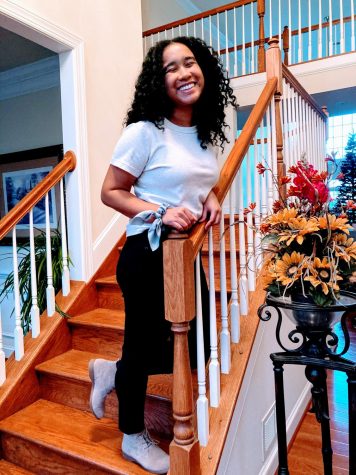
Grace Edwards is a senior at Watkins Mill High School and Co-Editor-in-Chief for The Current. She is a straight-A student who enjoys playing her violin....




